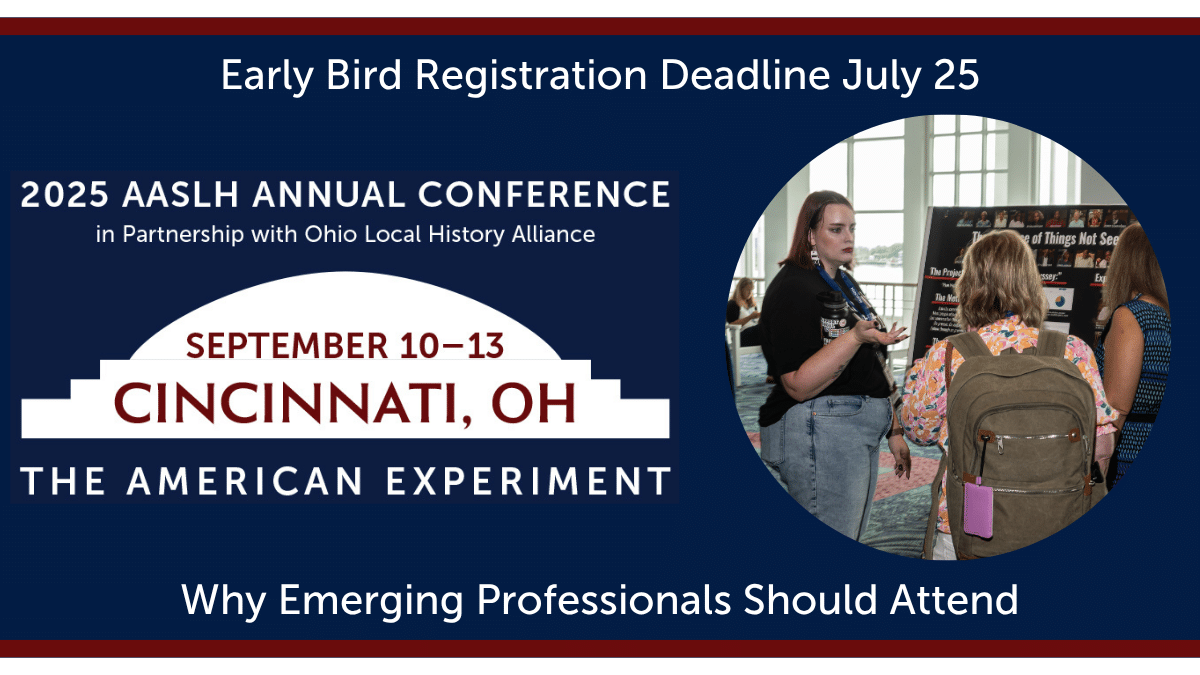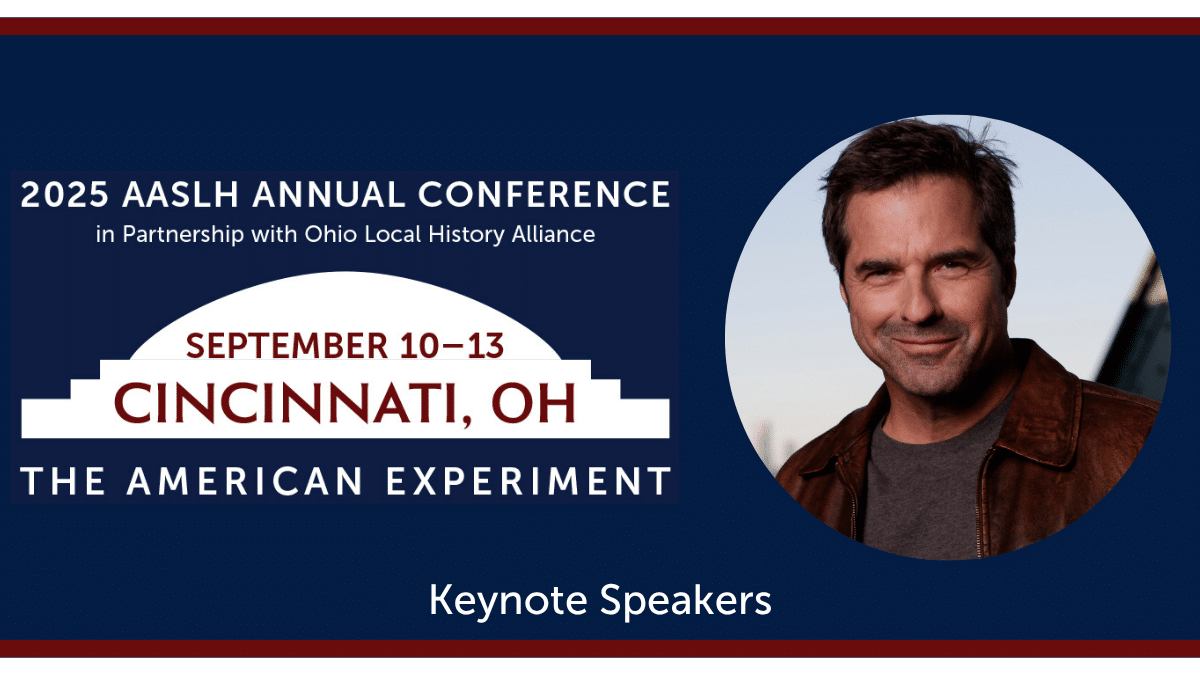
By Catherine Shortliffe and Sally Meyer
Museum educators are planners. We strategize years in advance and in general take the long view when making decisions. However, we are also flexible, taking changes to the plan in stride. This flexibility has never been tested like it was in 2020 and continues to be in 2021. Most of us have had to turn our focus outside of our building walls as we attempt to find ways to keep the community served in new or reimagined ways. As educators at sites that have made use of outdoor spaces for years, we propose some strategies if you are approaching outdoor programming for the first time.
Start with what your community is looking for. At the Museum of the Shenandoah Valley (MSV) in Winchester, Virginia, in addition to art and history galleries, we have seven acres of gardens and a newly opened trail system. Just existing in the space with its gurgling stream and wildlife is relaxing. This year more than ever it was important to us that we offer opportunities for our community to tap into the site as a place to relax. Plans to repeat our regular garden yoga class offerings this spring and summer took on a new urgency as the anxiety in our community set in. It was palpable at each session that the participants left the classes more centered and relaxed than when they arrived.
Fruitlands Museum in Harvard, Massachusetts, a property of the Trustees, is situated on 210 acres of woodlands and meadows, with three miles of trails and breathtaking views over the Nashua River Valley. In 2020, going beyond our daytime admission, we looked to after-hours offerings, launching “Sunset Picnic Hours” June through October. The response was incredible. Families and friends of all ages came to safely spread out across the grounds, taking a moment of calm while watching one of the best sunset views in Massachusetts.

We know from the data provided by researchers like LaPlaca Cohen and Susie Wilkening that museum goers are looking for ways to relax and connect. This need is likely to intensify as winter sets in. At the MSV, with our roughly two miles of trails which opened in November 2020, we plan to have outdoor programs throughout the season knowing that this year, it will be worth braving the weather. With opportunities for outdoor dining and socializing becoming scarce in colder weather, Sunset Picnics at Fruitlands have transformed to Fire Pit evenings with private bookings available to groups of six to socialize around an outdoor fire, roast marshmallows, and sip cocoa.
Bring the indoors out. Beyond the rejuvenating effects of time spent in nature, museum-based outdoor programming has an opportunity to connect indoor exhibitions with outdoor spaces. At Fruitlands Museum, where Bronson Alcott and Charles Lane founded the Transcendental community “Fruitlands” in 1843, we have offered a series of “Transcendental Night Hikes” that invite guests to walk by the light of the moon, stopping to hear passages from Transcendental texts along the way, and pausing to consider the differences between the daytime and nighttime worlds. Artist-in-residence programming has taken a new form in the past two years at Fruitlands, where traditional artist talks have transformed into interactive outdoor programs tied to the artists’ projects. Programs such as “Landscape Gazing with an Artist,” “Foraging with an Artist,” and “Bird Watch with an Artist” have invited visitors to consider nature through artists’ eyes.

Embrace overlap. At the MSV, we lean into our identity as a cultural center rather than a strict art or history museum. Looking for opportunities to reflect our mission where topics link has been extremely helpful in crafting outdoor programs. This summer, we hosted an outdoor exhibition of giant bug sculptures, David Rogers’ Big Bugs. Looking at both the art and science concepts in the exhibition, a local environmental studies professor took participants young and old through the sculptures examining them as art objects and using them as large-scale references of real bugs. Participants then crawled around the stream looking for water bugs and discussing their importance to the ecosystem. We’ve also used art, history, and science to develop soap and candle making workshops, which we moved to a virtual program this year. In these workshops, we utilize botanicals and herbs from the MSV gardens, discuss their uses, the history of these two crafts, and the step-by-step process of making them at home. By looking for ways to attract participants with diverse interests to the same program, we created new opportunities for learning and connection.

Let the lessons of 2020 carry us into the future. While the pandemic has created so many limitations, it has also opened new opportunities to serve our communities and pushed our creativity to new horizons. Programs that have emerged from the necessity of change in this time of restriction have introduced new traditions that can bring solace to our community not only during the pandemic, but beyond. We look forward to taking the lessons of this year into the future as we plan out the coming years and remain nimble as always.
Catherine Shortliffe is Engagement Manager at the Fruitlands Museum, and Sally Meyer is Adult Programs Manager at the Museum of the Shenandoah Valley and a committee member of AASLH’s Educators and Interpreters Affinity Community. Learn more about the E&I Community here.



